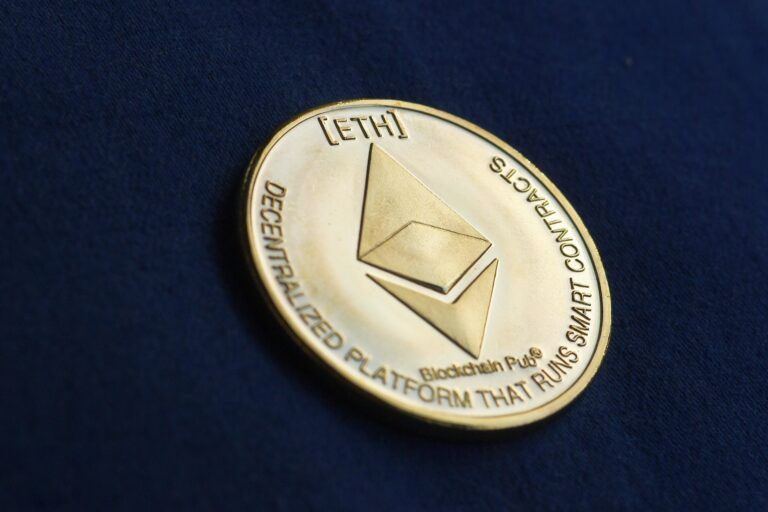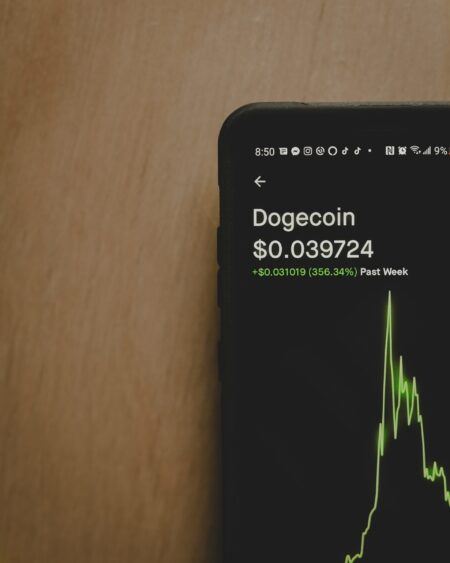On July 23, Jan van Eck, CEO of VanEck, joined Bob Pisani on CNBC’s “ETF Edge” to discuss the launch of the VanEck Ethereum ETF, its unique fee structure, and the broader implications for investors. This detailed blog post summarizes the key points from their discussion.
The conversation began with an overview of the new spot Ethereum ETFs, which started trading on the day of the interview. Bob Pisani compared the potential impact of these spot Ethereum ETFs to the highly successful spot Bitcoin ETFs launched seven months earlier. Van Eck acknowledged both the similarities and differences in the two launches.
Van Eck confirmed that the new ETFs indeed track Ether (ETH), the cryptocurrency underlying the Ethereum network. He highlighted the smooth launch of the Ethereum ETFs compared to the Bitcoin ETFs, which encountered several issues initially. Despite Ethereum’s smaller market cap—approximately one-third of Bitcoin’s—the initial trading volumes of Ethereum ETFs were notable, albeit lower than Bitcoin’s. On launch day, Ethereum ETFs attracted flows amounting to 10-20% of Bitcoin ETFs’ initial flows.
One of the most striking features of the VanEck Ethereum ETF is its zero-fee structure for the first year, a strategy also adopted by other new ETFs for at least the next six months. This approach, reminiscent of the launch of Bitcoin ETFs, aims to incentivize investors to transfer their existing holdings into the ETF format. Van Eck explained that waiving fees initially helps mitigate the cost barrier, encouraging investors to make the switch without facing sudden fee hikes later.
The discussion then moved to the technological distinctions between Ethereum and Bitcoin. Van Eck emphasized Ethereum’s unique position as more than just a digital currency. He described Ethereum as an “open-source App Store,” a foundational platform upon which developers build various applications. Over the past year, he says, users have spent around $3 billion on Ethereum transactions, with an additional $4 billion allocated to applications leveraging Ethereum’s technology.
Despite Ethereum’s technological advantages and the excitement among crypto enthusiasts, Van Eck projected a more measured investor interest compared to Bitcoin. He believes the utility of smart contracts and decentralized finance (DeFi) on Ethereum could attract a different demographic of investors, those interested in the broader application potential beyond mere currency use.
Looking ahead, Van Eck provided insights into the potential expansion of crypto ETF offerings. He mentioned VanEck’s filing for a spot Solana ETF, acknowledging Solana’s competitive stance against Ethereum. However, he was cautious about immediate listings, suggesting that broader regulatory and political changes might be necessary to facilitate further crypto ETF launches.
Featured Image via Pixabay









